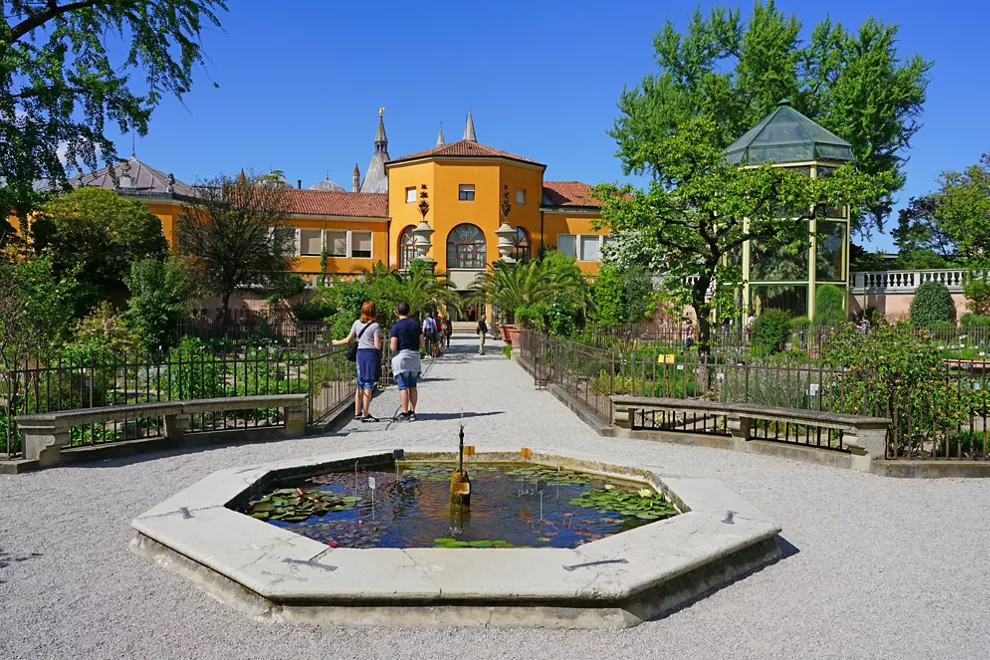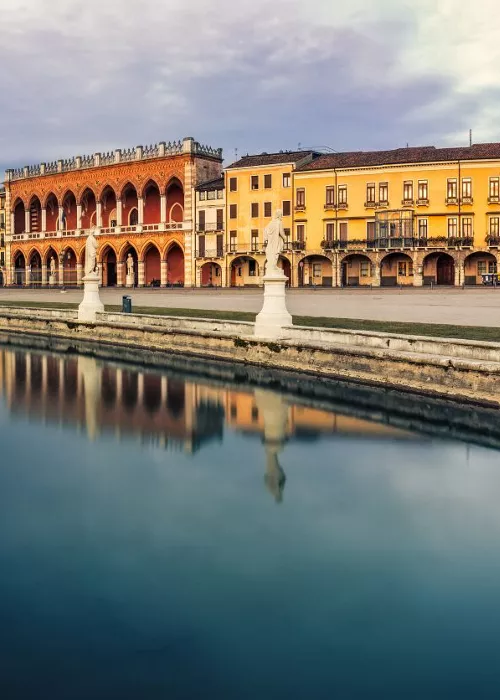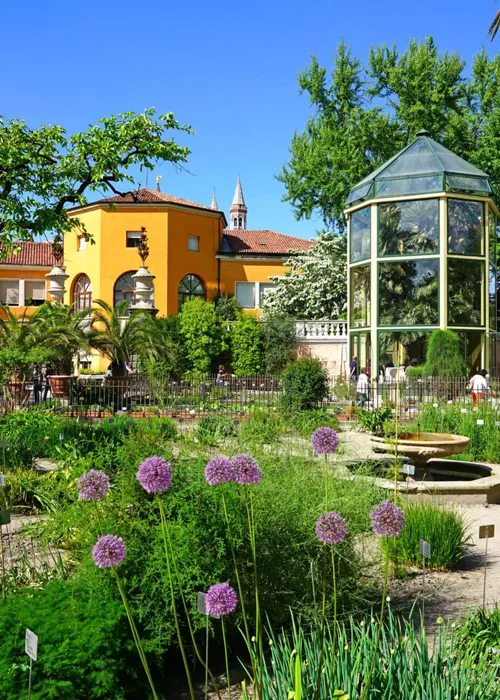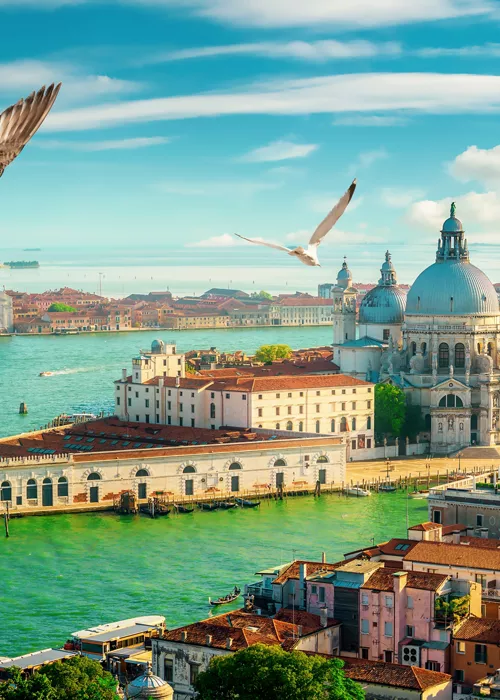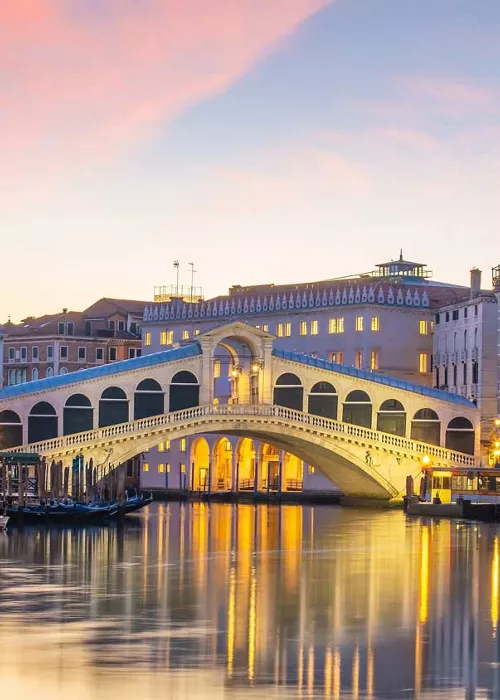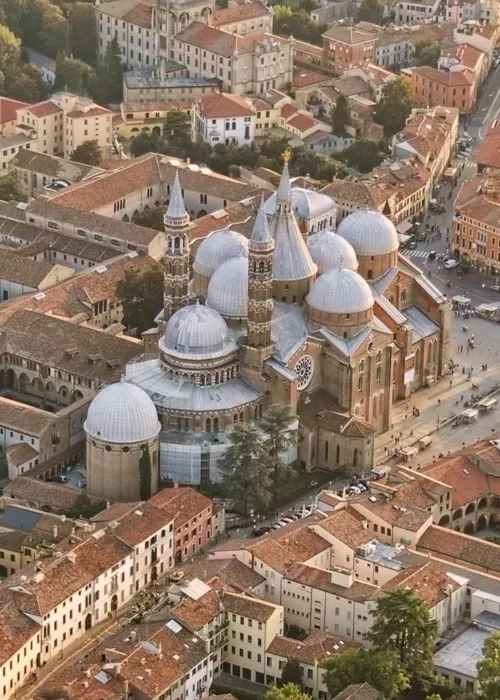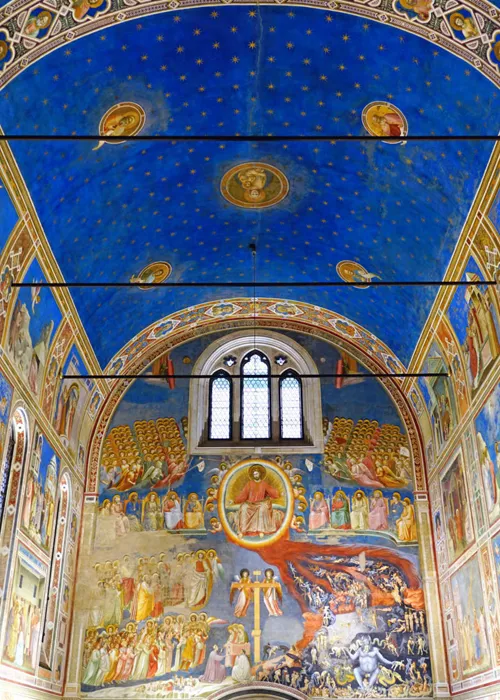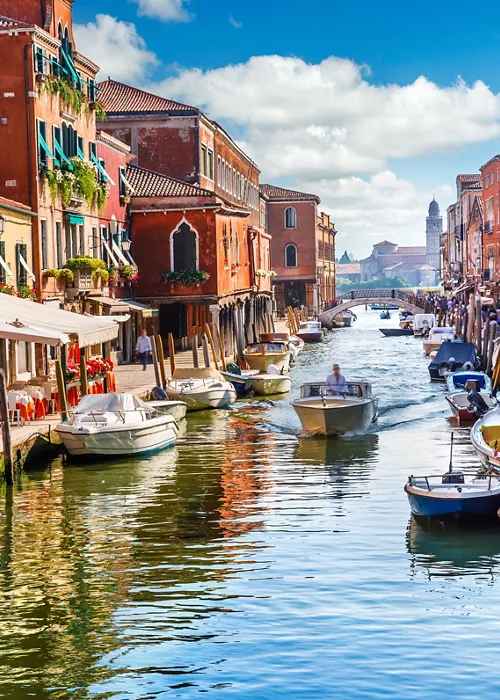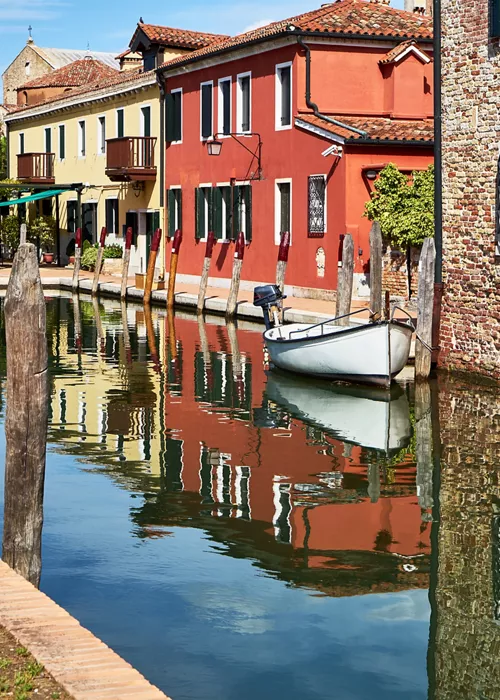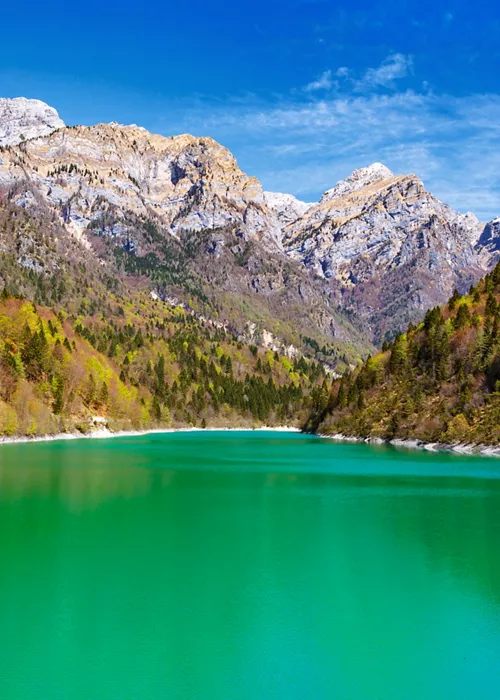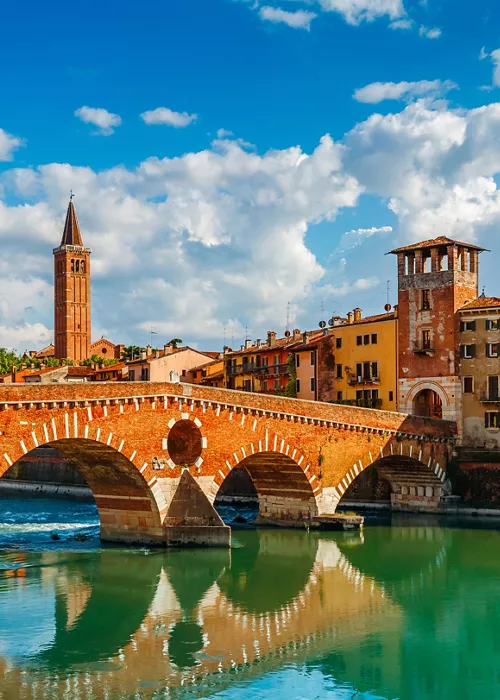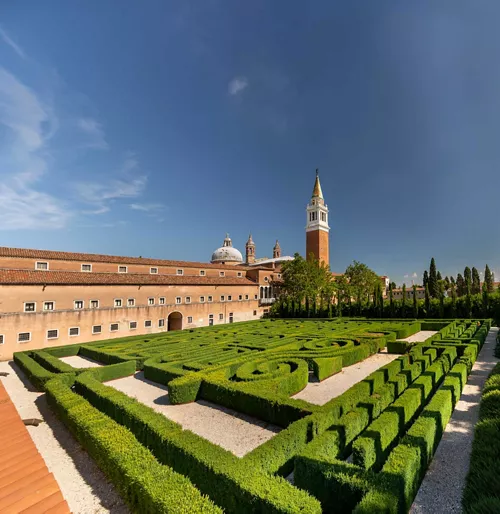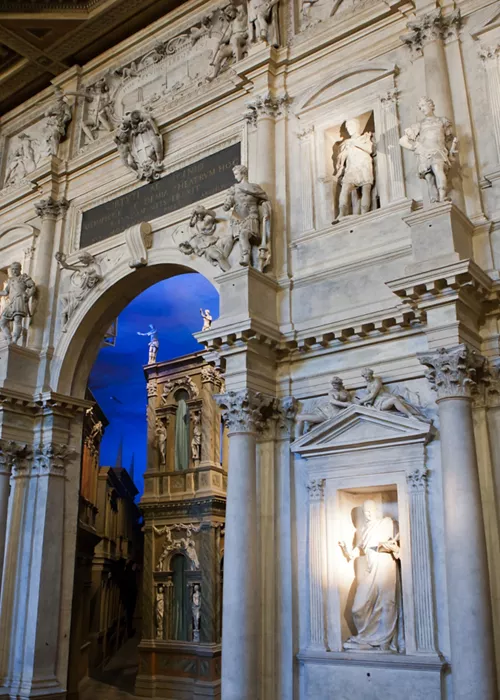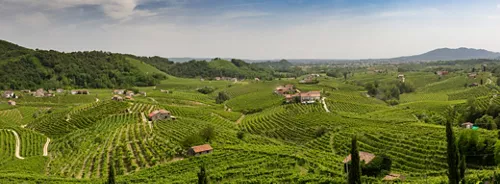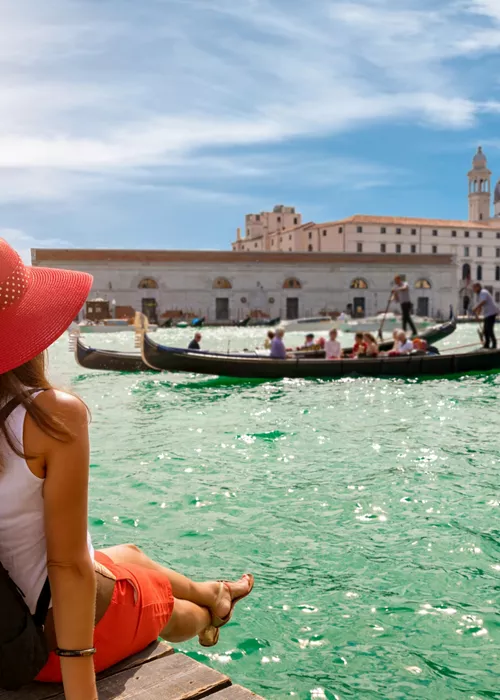Padua’s Botanical Garden: the oldest in the world
3 minutes
The result, for all to see, is that the Garden, a UNESCO World Heritage Site with over 3,500 species, hosts more than 180,000 visitors from all over the world every year.
What is Padua’s Botanical Garden?
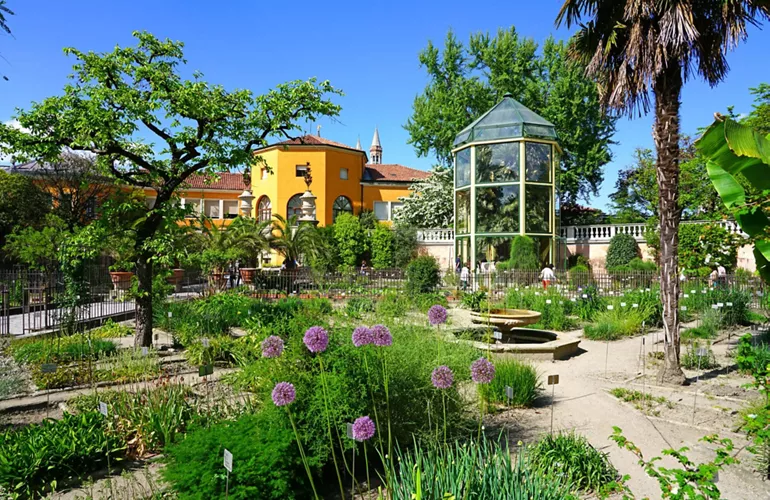
Founded in 1545, the Orto, located in Padua’s historical centre, a few steps from Prato della Valle, was initially dedicated to the cultivation of medicinal plants used to make so-called simple medicines, natural healing remedies that were widely used at the time. For this reason, botanical gardens were called Gardens of Simples.
Over the centuries, the Botanical Garden of the University of Padua has been the subject of a dense network of international relations: its influence on the research environment has been fundamental and has initiated a dense exchange of scientific material.
Essential in the development of the history of medicine and botanical science and an example of the aesthetic canons of the Renaissance thanks to the architecture of its gardens, the Botanical Garden is constantly evolving.
In 2014, it inaugurated a new section, the Biodiversity Garden, interweaving botany and anthropology, telling the story of the relationship between man and plants over the centuries, with five new greenhouses displaying five different biomes.
Insectivorous and poisonous plants are among the most admired in the collection: some 30 species, mostly of exotic origin, will amaze you. Also interesting, the plants of the Euganean Hills, together with rare plants from the Triveneto region, part of a new area dedicated to learning about the local nature.
History and interesting facts about the Botanical Garden of Padua
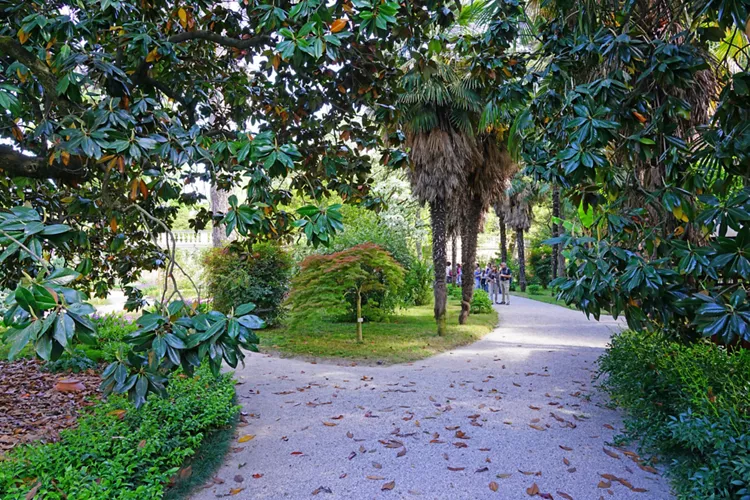
The Giardino dei Semplici (Garden of Simples) in Padua boasts a structure, conceived by humanist and scientist Daniele Barbaro, that is extremely fascinating and almost untouched by its origins. Moreover, it is on the same site where it was founded in 1545, established on land belonging to the Benedictine monks of Santa Giustina by a resolution of the Senate of the Venetian Republic on 29 June 1545.
A historic resolution with a noble aim: putting an end to the great uncertainty surrounding the identification of plants used in therapies, with the serious risk of damage to health.
The first director of the garden, called prefect, was the unforgettable Luigi Squalermo, known as l'Anguillara, who introduced around 1,800 different species to help medical students learn and recognise medicinal plants. Historical documentation has so far not allowed us to assign the authorship of the architectural project with certainty, but we know that the architect Andrea Moroni from Bergamo was involved in the work.
Among the plants that first emerged in the Garden and later introduced to the current Italian and European vegetation, the first European specimen of acacia (or robinia) from 1662 stands out. Maria Theresa of Austria introduced its seeds to Germany. Enriched over the years with many plants from all corners of the world, today counting about 6,000 specimens.
Why Padua’s Botanical Garden is a UNESCO site
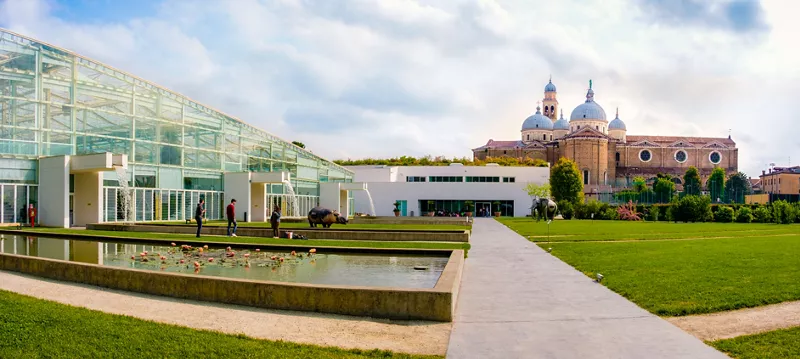
The one in Padua was added to the UNESCO World Heritage List in 1997 because it is the oldest botanical garden and because it bears witness to an exchange of considerable influences in the field of botanical sciences, constituting exceptional testimony to a cultural tradition.
As explained by UNESCO, in fact, the Botanical Garden of Padua is at the origin of all botanical gardens in the world, representing the cradle of science and the origin of the understanding of the relationship between nature and culture. It has also largely contributed to the advancement of various modern scientific disciplines, including botany, medicine, chemistry, ecology and pharmacy.
Protected knowledge is also found in the Herbarium, the museum founded in 1835 collecting around 500,000 samples of dried plants from all over the world, as well as algae, fungi, mosses, lichens and soon.
What to see at Padua’s Botanical Garden: 6 unmissable sites

The Giardino dei Semplici is a rich, entertaining destination for all.
Start at the Biodiversity Garden, the area that allows you to explore five natural environments in which the plants that inhabit them are cultivated: the Mediterranean maquis, the succulents, the tropical greenhouse, the freshwater environment with pools fed by a thermal spring, and the alpine rockery.
Do not miss the big green historical protagonists: the Magnolia Grandiflora, for example, is one of the trees with a long history. Planted perhaps around 1786 and considered to be the oldest in Europe, it is accompanied by Robinia, the first acacia introduced to Italy and planted in 1662, and Platano Orientale, introduced to the Arboretum in 1680, not far from the access gate.
Also enchanting at first glance are the imposing and majestic Ginko Biloba, 18 metres tall and planted in 1750, and Palma di San Pietro, the oldest palm in the Garden, introduced in 1585 and renamed Goethe's Palm because it inspired the German poet: on a visit to Padua, he conceived a theory on the metamorphosis of plants.

